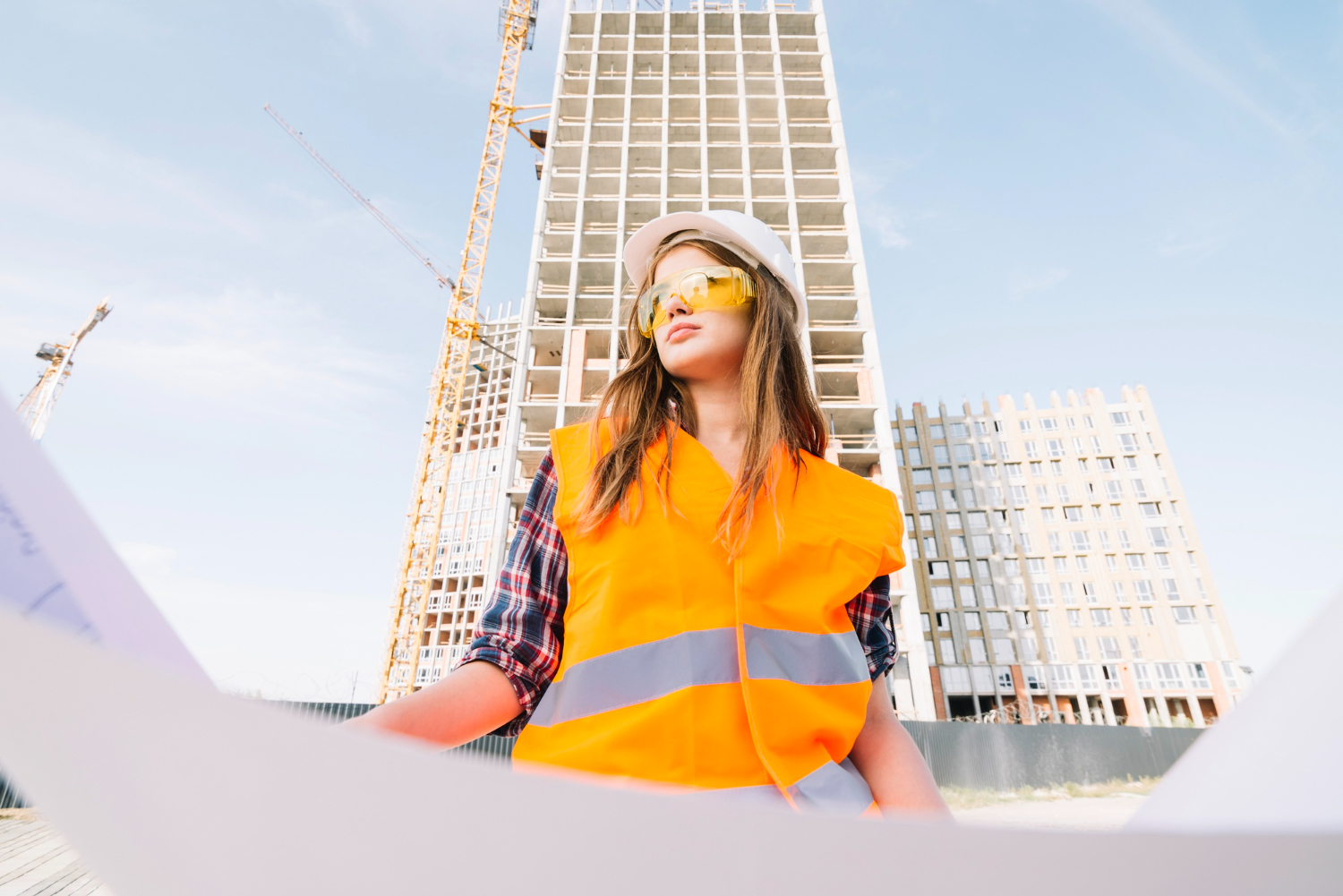Weddings are more than fancy venues and tailored suits. They’re raw moments of love, emotion and commitment. Every laugh, tear and quiet glance deserves to be remembered the way it happened. That’s where the power of wedding photographers truly shines. They’re the people who turn fleeting seconds into timeless keepsakes. If you’re tying the knot and want the best wedding photos, finding the right professional isn’t just an option. It’s a priority.
Why Wedding Photography Is a Big Deal
Your wedding day happens once. The cake gets eaten, the flowers wilt, the guests go home. What stays are the photos. They’re the pieces of the story that live on for decades. Good photography doesn’t just capture what the day looked like. It captures what it felt like.
In Australia, recent figures from the Australian Bureau of Statistics show that couples spend an average of $4,000 on photography, making it one of the most invested areas in modern weddings. That alone says a lot about its importance. Couples aren’t just looking for someone with a camera. They want a storyteller who can preserve their big day with skill and emotion.
What Sets Top Wedding Photographers Apart

Anyone can take a photo. But not everyone can capture a wedding. The best wedding photographers bring more than equipment to the table. They bring instincts.
A seasoned photographer knows how to:
- Anticipate the emotional beats of the day.
- Capture moments without interrupting them.
- Handle unpredictable lighting or weather like a pro.
- Deliver consistent, polished work.
They don’t rely on filters to make magic. They create it with timing, light and attention to detail.
The Melbourne Edge
Wedding photographers in Melbourne have access to some of the most picturesque backdrops in the country. From modern skylines to Victorian-era architecture, the city has a bit of everything. Locations like the Royal Botanic Gardens, Yarra River banks and the laneways of the CBD offer endless opportunities for unforgettable frames.
This variety gives couples the chance to shape their wedding album into something personal and unique. A good local photographer will know the perfect spots for sunset shots, candid crowd captures and those quiet couple moments that often end up being the favourites.
Rising Trends in Wedding Photography
Wedding photography isn’t stuck in tradition. It’s evolving fast. Here are a few trends shaping the industry in 2025:
- Documentary-style storytelling: Couples prefer authentic moments over posed portraits.
- Drone shots: Aerial photography gives weddings a cinematic flair.
- Editorial-style portraits: Inspired by fashion magazines, these give albums a polished, modern look.
- Black and white classics: Simple, powerful and timeless.
These trends reflect a shift towards storytelling and personality, making every album more personal than ever before.
The Real Value of Professional Photography
Sure, a friend with a good phone camera can take a few decent shots. But they can’t replace what a professional can do. Weddings are unpredictable. Lighting changes. Emotions run high. The best wedding photographers adapt without blinking.
Professional photographers also understand how to edit without overdoing it. They enhance the natural beauty of the day instead of drowning it in effects. This difference is exactly what turns a nice picture into a priceless memory.
Straight Answers: Your Wedding Photography Questions
How far in advance should we book a wedding photographer?
Most couples book their photographer 12 to 18 months ahead. Top professionals often fill their calendars fast, especially in peak wedding seasons.
How much should we expect to spend on a good wedding photographer?
In Australia, the average cost ranges between $3,000 and $5,000, depending on experience and packages. This can go higher if you want pre-wedding shoots or extra coverage.
Do we need a second photographer?
It’s not mandatory, but having a second photographer often gives better coverage. While one captures the couple, the other can focus on guests and candid moments.
How long will it take to get the photos?
Most photographers deliver the final edited photos between 6 to 12 weeks after the wedding.
Final Word: Where Stories Become Legacies
Your wedding day deserves more than rushed snapshots. It deserves photographs that speak louder than words. Melbourne offers stunning backdrops, but the magic lies in the hands behind the lens. Choosing the right photographer ensures those once-in-a-lifetime moments are never lost to memory.
The best wedding photos aren’t about perfection. They’re about emotion, timing and trust. If you find a photographer who gets that, you’ve already won half the battle.


















